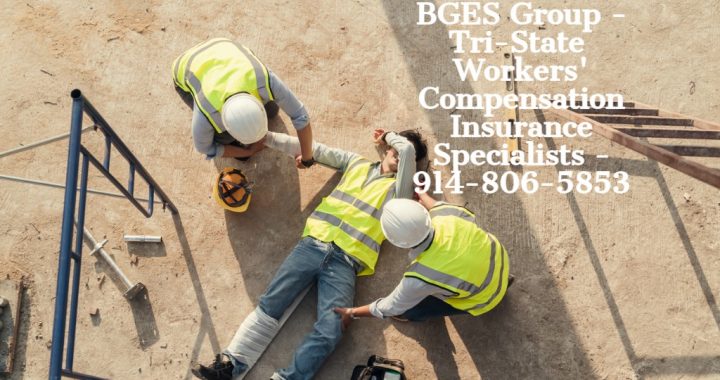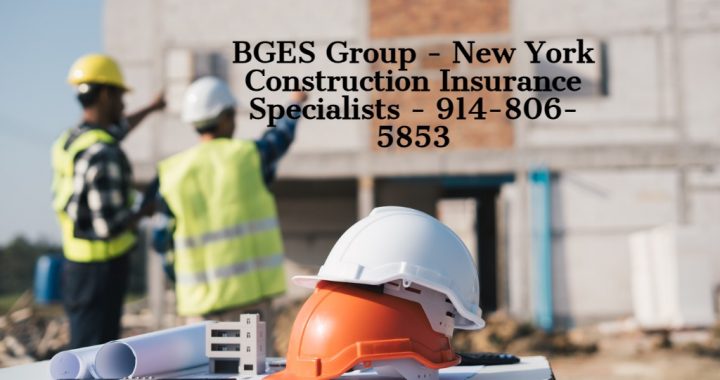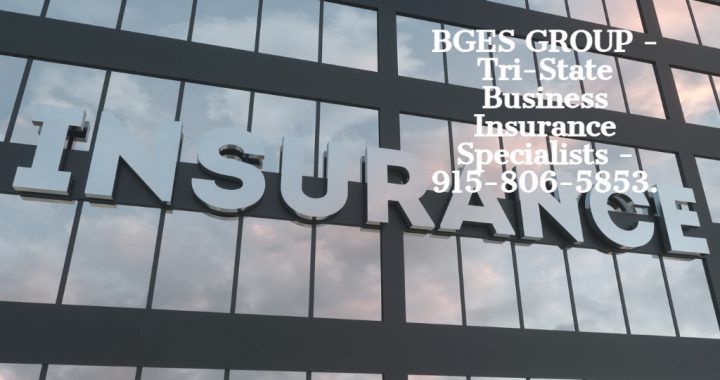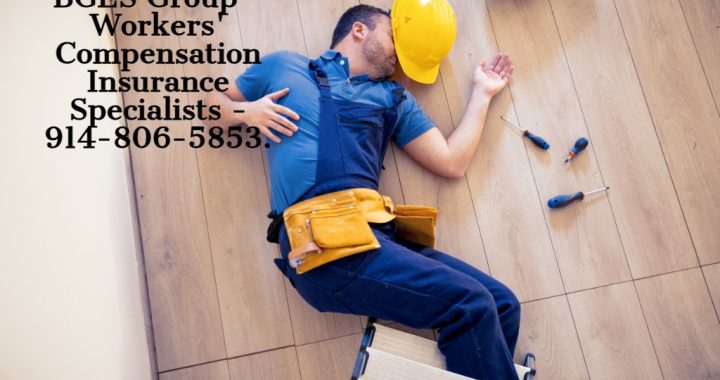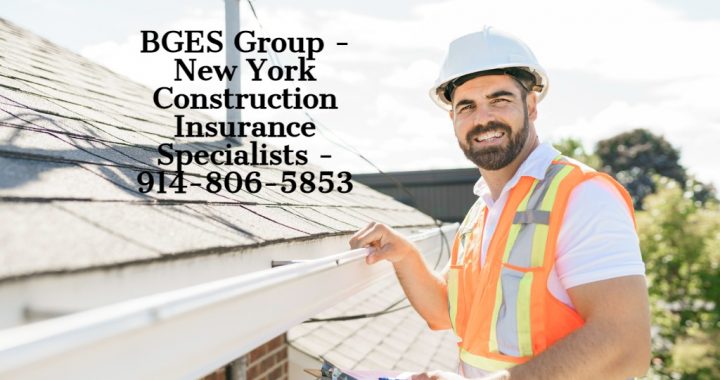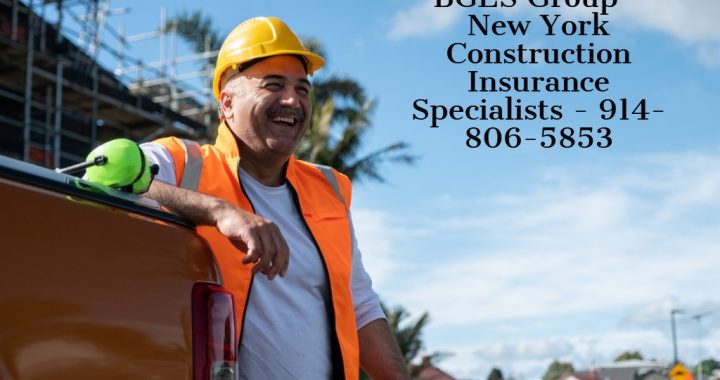More and more employers are banning cell phones in the workplace because they are distracting enough to be a serious safety issue for workers.
The Digital Distraction & Workplace Safety study, issued by Screen Education, reported that survey 14% of employer respondents said at least one accident had occurred at their workplace because an employee was distracted by their smartphone. These accidents had serious consequences:
- 59% caused property damage
- 50% caused injury or death
Surprisingly, 47% of respondents said they had in place cell phone restrictions, meaning that the employees were flouting the rules when they caused the accident.
Companies are wising up. General Motors has banned all employees, including its CEO, from walking around with their mobile phones while talking, texting or using other smartphone functions. That’s a smart policy. In busy workplaces, safety should be your primary concern.
Consider the following:
Industrial machinery and phones don’t mix
OSHA bars the use of cell phones in construction regulations pertaining to cranes and derricks, but the hazard exists across any dangerous equipment.
Some workers should absolutely not have their mobile phones on and within reach, such as powered industrial truck operators, forklift drivers and machinery users. If you have any of these among your workforce, you should strictly ban the use of mobile phones in any capacity during the use of industrial equipment.
You may consider extending the ban to include all other employees who regularly work around that equipment, particularly when they are walking or moving product to and from the warehouse. Also, if any staff from your office are in the work area, they too should refrain from using their phones while walking.
The biggest dangers
When people are using cell phones in an operational environment, it impedes their ability to recognize and react to hazards, particularly moving equipment like forklifts.
Some of the accidents that respondent cited in the Screen Education survey include:
- “(Someone) was on their phone and the elevator door (closed)…their jacket got stuck…which made that person’s collar choke them and leave a red mark.”
- “Someone was distracted by (their) phone when their arm was crushed by a press.”
- “A patient fell because someone was listening to music and didn’t hear the alarm.”
- “We had one employee in a company car texting and driving…(he) rolled the car off a cliff.”
Potential property damage
Distracted cell phone usage is known to cause workers to accidentally misuse equipment or machinery, which can result in either small or serious damage to company property.
Furthermore, the cost of replacing damaged property can have a major financial impact on your organization and possibly be at your expense.
Reduced productivity
Cell phone usage can have adverse effects on warehouse production levels and the individual performance of your employees.
People who are on their phones could be working instead and, if someone is involved in social media banter or watching an amusing video on YouTube, it’s easy for them to ignore important matters that come across their desks.
What you can do
Create a policy that explicitly explains when and where employees may use their mobile phones while on the job.
Some companies ban cell phones altogether, particularly call centers where employees’ devices are collected at the beginning of the day and kept in lockers until breaks.
Consider the following for your rules:
- Mobile phones are barred for employees when performing on-site job-related tasks.
- Answering calls, texting, checking social media or using the Internet are all activities that fall under dangerous cell phone usage.
- Set parameters for when and where employees are allowed to use their phones.
- Consider restricting types of media and videos.
- Hold employees accountable to productivity levels. Note that time spent on the phone on personal matters is keeping them from focusing on their jobs.
If you would like to speak with us call Gary Wallach at 914-806-5853 or click here to email or click here to visit our website.
BGES Group, located in Larchmont, N.Y. are New York Construction Insurance Specialists that represent 50+ companies and all the BEST general & umbrella liability programs! We offer every coverage you need including property, builders risk, inland marine, general liability, umbrella liability, auto, bid & performance bonds, workers’ compensation, N.Y.S. disability and group health. We are extremely responsive, responsible, trustworthy, fast, minimize your insurance headaches, we don’t charge ridiculous policy or service fees and when you call, text or email, whatever time of day, even weekends, we are ARE THERE to help YOU!
BGES Group are Workers’ Compensation Insurance Specialists for Tri-State Business Owners: Unhappy with your rates, company, being cancelled, losses causing difficulty getting coverage, in the middle of an audit dispute, payrolls misclassified, whatever your issue, we can help! We have special programs for: Auto Service, Contractors (especially New York), Limousine Services, Logistic Companies, Manufacturers, Recyclers, Truckers, we can help ANY tri-state business owner. We are considered “Preferred Agents” for this one program that if we can get you in, their pricing is excellent, offers long-term coverage stability and can cover multi-state operations. Program takes the hassle out of doing annual audits too.
If you would like to speak with us call Gary Wallach at 914-806-5853 or click here to email or click here to visit our website.
Company: BGES Group, 216A Larchmont Acres West, Larchmont, NY 10538
e-mail: bgesgroup@gmail.com
website: http://www.bgesgroup.com
© – Copyright – 2023 – BGES Group


